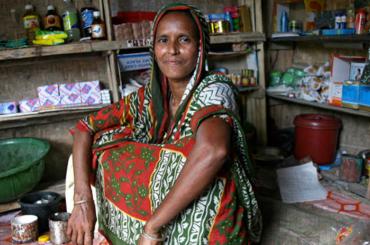
mortality
-

Cash transfers reduce adult and child mortality rates in low- and middle-income countries
Evidence from 37 low- and middle-income countries shows that cash transfer programmes were associated with a 20% reduction in mortality for adult women and an 8% reduction in mortality for children aged <5 years
-

The lifesaving benefits of convenient infrastructure: Evidence from Bangladesh
Physical proximity to pathogen-free water sources reduces child and adult mortality
-

Urban water disinfection and mortality decline: Evidence from Mexico
Ageing pipe systems and the absence of complementary sanitation investments compromise the health benefits of water disinfection
-

Measuring deprivation: Going beyond income poverty and accounting for premature mortality
A year prematurely lost is as bad as a year spent in poverty. Aggregating these indices offers a more accurate insight into the progress of nations
-

Why are older women missing in India? The age profile of bargaining power and poverty
Within-family inequalities in resource allocation can explain the disproportionately high mortality risk faced by older women in India
-

Missing unmarried women
Being unmarried, especially through widowhood, can have substantial effects on relative rates of female mortality in the developing world